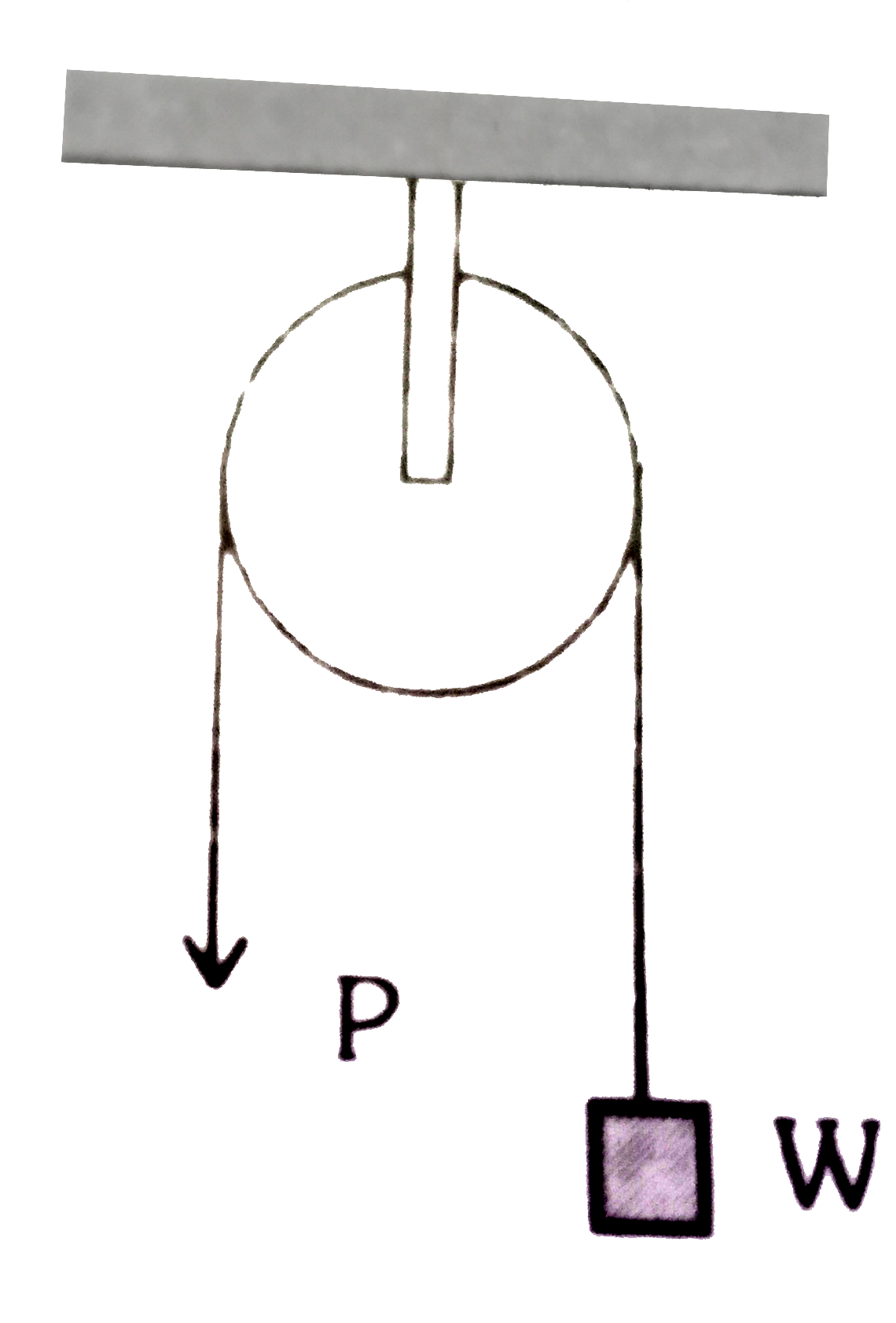What is the mechanism of hearing ?
Step-by-Step Text Solution for the Mechanism of Hearing
1. Structure of the Ear: The ear is divided into three main parts:
- External Ear (Outer Ear)
- Middle Ear
- Inner Ear
2. Sound Collection: The process of hearing begins when sound waves are collected by the external ear, which consists of:
- Pinna: The visible part of the ear that captures sound waves.
- External Auditory Canal: The passage through which sound travels towards the eardrum.
- Tympanic Membrane (Eardrum): A thin membrane that vibrates in response to sound waves.
3. Vibration Transmission: When sound waves hit the tympanic membrane, it vibrates. These vibrations are then transmitted to the middle ear.
4. Middle Ear Components: The middle ear contains three tiny bones known as the ossicles:
- Malleus (Hammer)
- Incus (Anvil)
- Stapes (Stirrup)
5. Oval Window: The stapes connects to a membrane-covered opening called the oval window. The vibrations from the ossicles are transmitted to this oval window.
6. Fluid Movement in Cochlea: The vibrations from the oval window create waves in the fluid inside the cochlea, which is part of the inner ear.
7. Basilar Membrane Ripple: The fluid waves induce a ripple effect in the basilar membrane within the cochlea.
8. Hair Cell Activation: As the basilar membrane moves, it causes the hair cells (sensory cells) to bend against the tectorial membrane.
9. Nerve Impulse Generation: The bending of hair cells generates nerve impulses in the afferent neurons located at the base of the hair cells.
10. Signal Transmission to the Brain: These nerve impulses travel along the auditory nerve to the auditory cortex of the brain.
11. Sound Recognition: Finally, the brain analyzes the received signals and recognizes the sounds.
- External Ear (Outer Ear)
- Middle Ear
- Inner Ear
- Pinna: The visible part of the ear that captures sound waves.
- External Auditory Canal: The passage through which sound travels towards the eardrum.
- Tympanic Membrane (Eardrum): A thin membrane that vibrates in response to sound waves.
- Malleus (Hammer)
- Incus (Anvil)
- Stapes (Stirrup)
Topper's Solved these Questions
- NEURAL CONTROL AND COORDINATIONBOOK - ICSECHAPTER - NEURAL CONTROL AND COORDINATIONEXERCISE - (Review question) short answer
26 Videos
- NEURAL CONTROL AND CO-ORDINATION BOOK - ICSECHAPTER - NEURAL CONTROL AND CO-ORDINATION EXERCISE - NCERT EXERCISES WITH ANSWER (DIFFERENTIATE BETWEEN)
11 Videos
- PHOTOMORPHOGENESIS IN PLANTSBOOK - ICSECHAPTER - PHOTOMORPHOGENESIS IN PLANTSEXERCISE - REVIEW QUESTIONS (LONG ANSWER TYPE QUESTIONS)
6 Videos
Similar Questions
Knowledge Check
What is the mechanical equivalent of spring constant k in LC oscillating circuit?
A1LB1CCLCD1LC
What is feedback mechanism of hormonic regulation? Take the example of insulin to
explain this phenomenon.
View SolutionWhat is the mechanical advantage of single fixed pulley:-

View SolutionWhich is the organ of hearing and balance of frog
View SolutionWhat is the role of second messenger in the mechanism of protein hormone action?
View SolutionWhat do you understand by respiration? Describe in detail the mechanism of aerobic respiration.
View SolutionWhat is the actual mechanism by which oxidations with the ETS are coupled with the synthesis of ATP ?
View SolutionWhat do you mean by reflex action? What is its mechanism and significance ?
View Solution
